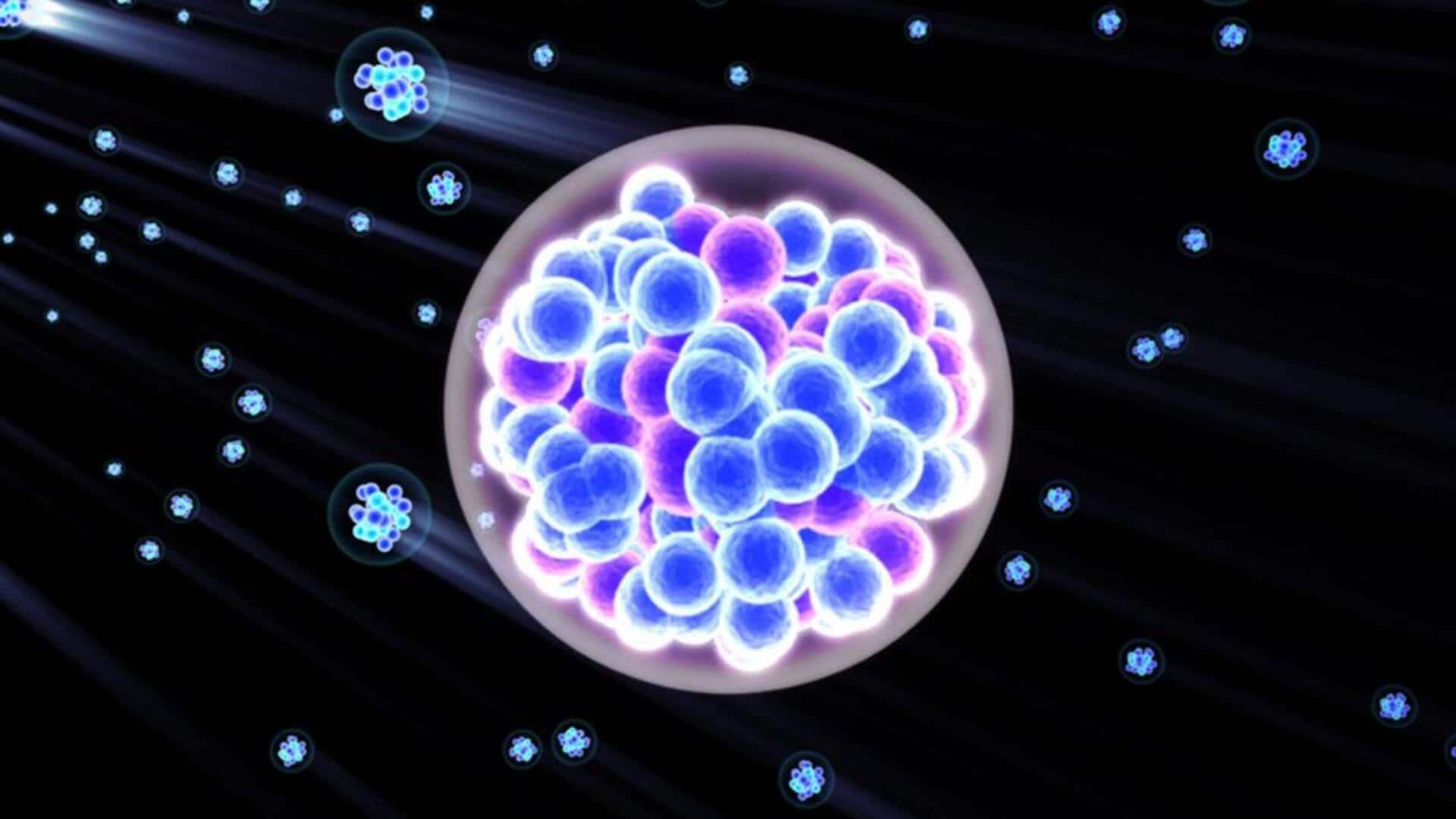
Scientists create a superheavy element using a new technique
What's the story
Scientists have made a significant breakthrough in the field of nuclear chemistry, by successfully creating livermorium, one of Earth's heaviest elements. The innovative method involved heating the rare isotope titanium-50 to nearly 1,650°C (3,000°F) and releasing ions that were then beamed at another element. This technique marks the first time such a process has been used to produce a superheavy element.
Future prospects
Livermorium creation: A stepping stone to heavier elements
The successful creation of livermorium, a superheavy element first synthesized in 2000, is not the end goal. Instead, it serves as a crucial stepping stone toward the production of even heavier elements. The fusion of a titanium beam with plutonium to create livermorium was essentially a trial run for creating unbinilium, an element expected to contain 120 protons.
Methodology
The process and future plans
The creation of livermorium involved 22 days of operations at Berkeley Lab's 88-inch cyclotron, which accelerates the heavy ions of titanium into a beam powerful enough to fuse with its target. This resulted in just two atoms of livermorium. The team now plans to use this method to create unbinilium by aiming the beam at californium-249, a process expected to take approximately 10 times longer than their previous experiment.
Competition
Berkeley Lab rejoins race for superheavy elements
This development signifies the US Department of Energy's Berkeley Lab's re-entry into the competition to create superheavy elements. The race has been ongoing since 2006, with teams from Russia, Germany, China, and now the US vying to produce unbinilium. The potential creation of unbinilium is of significant scientific interest as it lies near the theoretical 'island of stability,' a zone where superheavy elements have long half-lives due to their 'magic numbers' of protons and neutrons.